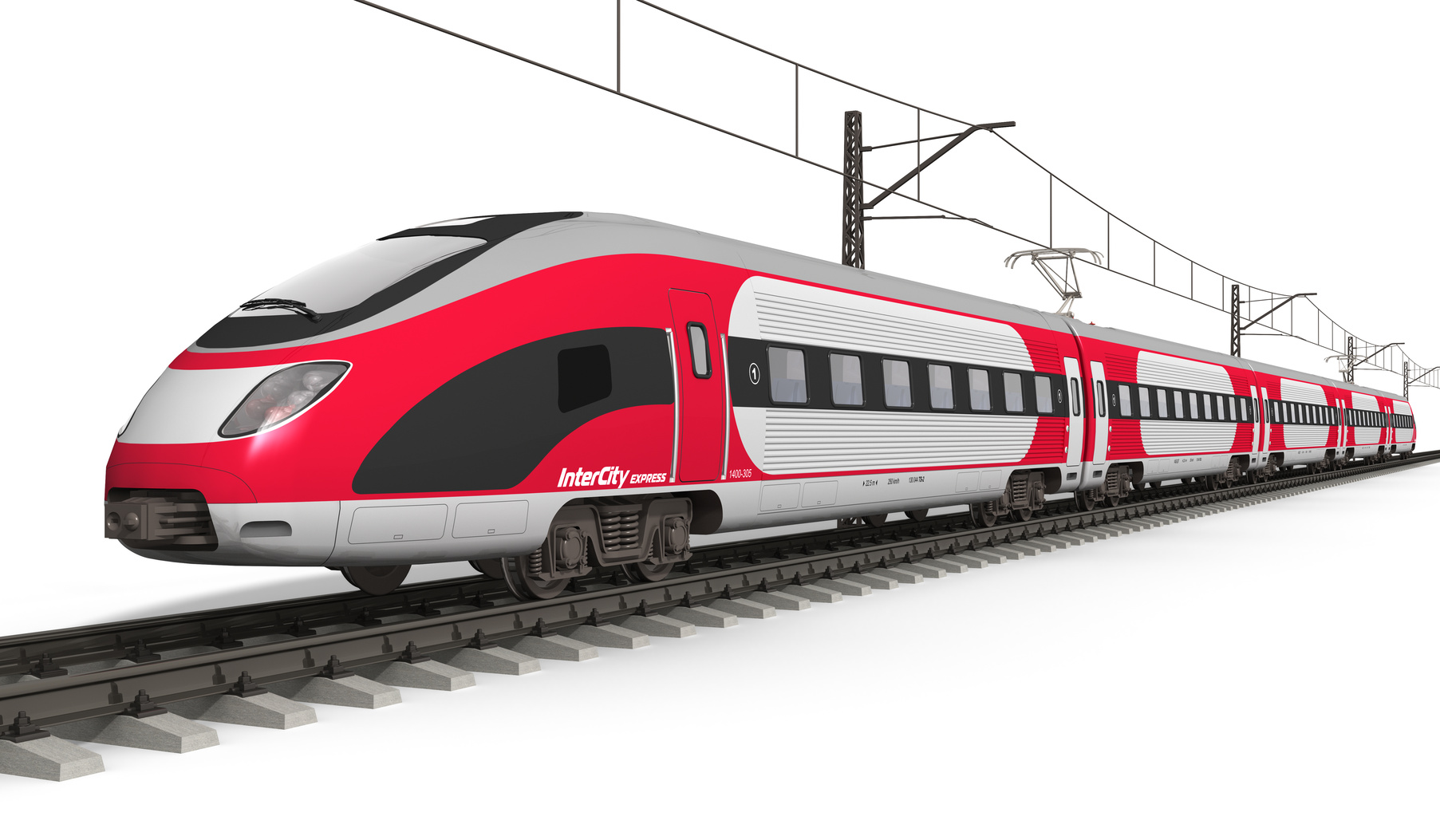Ever higher requirements on materials
Today's rail vehicle manufacturing industry is placing ever higher requirements on the materials it uses. Modern rail vehicles are required to have high energy efficiency and low operating costs. In order to meet these requirements, these aspects must be taken into account and optimized in the product development phase. Fiber composites are being increasingly used for rail vehicle manufacture. These materials allow higher speeds to be attained without being detrimental to comfort or energy consumption. Adhesive bonding is also being increasingly used here. Adhesive bonding allows different materials, including fiber reinforced plastics, to be optimally joined for rail vehicle manufacture.
